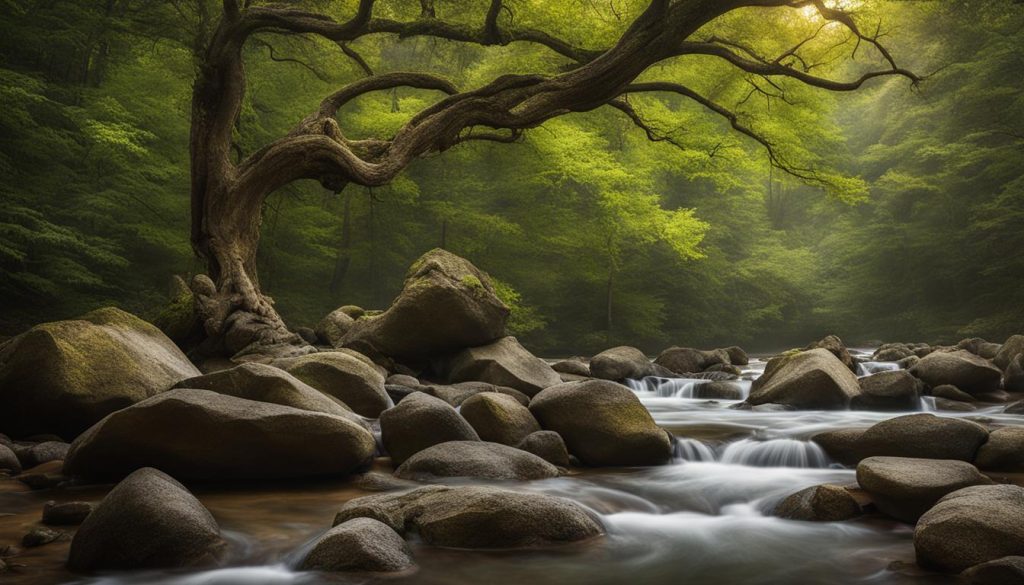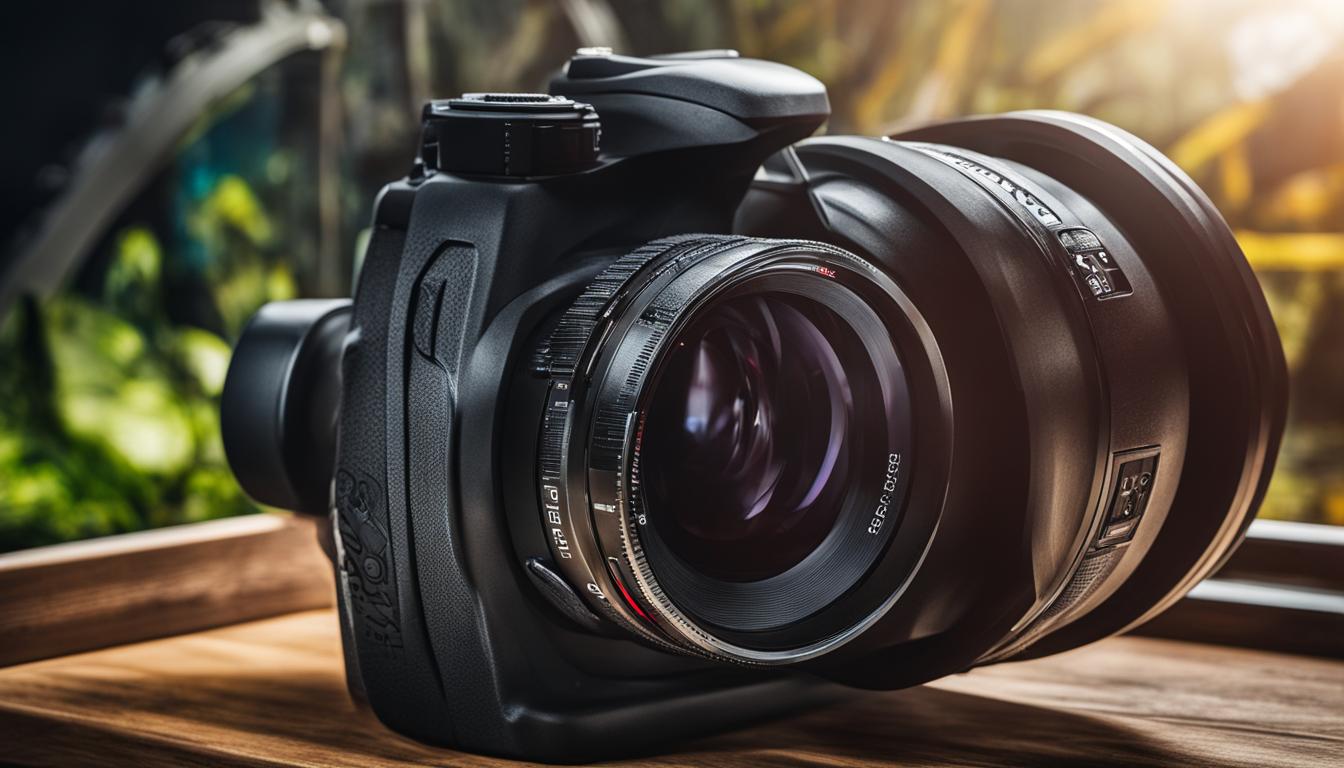Are you a fitness enthusiast looking to capture your workout moments in stunning photographs? Or perhaps you’re a professional photographer seeking to improve your fitness photography skills? Look no further than our comprehensive fitness photography checklist guide.
In this guide, we’ll take you through the essential tools and techniques for capturing dynamic and impactful fitness shots. From choosing the right equipment to setting the perfect location, we’ve got you covered.
Key Takeaways:
- Our fitness photography checklist guide provides everything you need to capture stunning gym shots and action captures.
- Choosing the right equipment and location is crucial for effective fitness photography.
- Lighting techniques can make or break your fitness photographs.
- Capture dynamic poses and movements with skilled posing and directing techniques.
Choosing the Right Equipment
Successful fitness photography requires the right equipment. Whether you’re shooting professional athletes or amateur fitness enthusiasts, you need the right tools for the job. Here are some essential pieces of fitness photography equipment to consider:
1. Camera and Lens
The camera and lens are the most basic and critical pieces of gear for fitness photography. A high-quality camera with a fast shutter speed and a lens with a wide aperture can capture high-speed action shots and low-light situations. It’s also important to consider the focal length of the lens to ensure you can capture shots from a distance without getting in the way of the subject.
2. Tripod Stand
A sturdy tripod stand is a must-have for fitness photography as it provides stability for your camera and helps you capture the perfect shot. Choose a tripod with a ball head that allows you to adjust the angle and composition of your shots easily.
3. External Flash
When shooting in low-light conditions, an external flash is necessary to provide additional lighting and avoid image noise. Invest in a high-quality flash that can be easily mounted onto your camera.
4. Wireless Trigger
A wireless trigger allows you to capture shots remotely without the need to touch the camera. With a wireless trigger, you can capture the exact moment you want without causing any blur or camera shake in the process.
5. Gym Bag
Lastly, invest in a gym bag that can store and protect all your photography equipment during transport. Look for a bag with ample padding and a waterproof cover to keep your gear safe and dry.
Overall, having the right fitness photography equipment is essential to capture the perfect workout moments. Be sure to invest in high-quality tools to improve your photography skills and create stunning fitness photographs.
Setting the Stage: Choosing the Perfect Location
When it comes to fitness photography, the location you choose can significantly impact the overall outcome. Whether you opt for indoor shoots, outdoor settings, or home studios, each location can add a distinct aesthetic to your fitness photography.
If you prefer a gym photoshoot, consider scoping out different fitness centers to determine which one fits your vision and planned shoot the best. Observe the lighting, space, and equipment available, and choose based on these factors and your desired aesthetic. Capturing a model executing workout routines with weights or machines can make for great action shots amidst the gym environment.
If you prefer an outdoor shoot, consider a park, beach, or other natural environment. The beauty of nature can give your fitness photographs a serene and tranquil vibe. Ensure you have proper equipment, such as reflectors or diffusers, to capture natural light effectively.
For a shot in a home studio, you can create the perfect lighting setup using softboxes, umbrellas, or natural light with reflectors. Be creative in using furniture pieces to create a unique backdrop as well.

Lighting Techniques for Dynamic Shots
Proper lighting is the foundation of successful fitness photography. In order to create dynamic shots that capture the essence of movement and energy, it is crucial to utilize the right lighting techniques.
Natural Lighting
One of the easiest and most effective lighting techniques in fitness photography is utilizing natural light. Shooting outdoors during the golden hour- the first and last hour of sunlight- provides a soft, golden glow to your images. When shooting indoors, opt for areas with ample natural light to create a bright and welcoming atmosphere.
Artificial Lighting
For indoor fitness photography, artificial lighting is essential to ensuring proper exposure and capturing the desired mood. Experiment with different lighting setups such as softbox light or ring light to add dramatic effects to your shots.
Shadows and Highlights
Create dimension and depth in your fitness photographs by playing around with shadows and highlights. Utilize the shadows to showcase definition in the subject’s muscles, and the highlights to capture the highlights of their bodies.
By mastering these lighting techniques, you can create dynamic and impactful fitness photographs that capture the true essence of fitness.
Posing and Directing Fitness Models
When it comes to fitness photography, having the right models can make a massive difference. However, directing them to pose correctly takes a skilled approach. To create dynamic and engaging poses, you need to understand the basics of fitness photography posing. First, explain the shoot’s concept and the poses you want to capture to your models, ensuring that they are comfortable with the poses.
Secondly, ask your models to engage in the workout or warm up to create natural and realistic poses, which add a sense of movement and vitality to the shot. Encourage them to keep a constant flow of motion going throughout the shoot and capture different angles. Thirdly, use mirroring and posing techniques to demonstrate the pose and give them visual cues.
Make sure to capture a variety of poses and angles, including close-ups, full-body shots, as well as mid-shots to provide context. You can also use action shots to show your subjects in motion, working up a sweat, and boosting energy. With proper fitness photography posing and direction, you can create shots that inspire and motivate others to reach their fitness goals.
Remember that communication and direction are key to capturing stunning fitness photographs. Experiment with different poses and angles, and don’t be afraid to ask models to repeat or tweak a pose to make it perfect. With these tips, you can provide your viewers with an in-depth look into the world of fitness, science, and art combined.
Conclusion
Now that you have familiarized yourself with the essential fitness photography checklist, you are equipped with the necessary tools to capture those perfect gym moments. Remember, practice makes perfect, so don’t be discouraged if your first attempts fall short of your expectations. Always strive to experiment with different techniques, lighting, and camera settings to enhance your skills.
While technical skill is key, don’t forget the importance of having fun and enjoying the process. Capturing fitness moments is an art that requires passion and dedication. Keep this checklist guide close by to remind yourself of the key elements to consider during your next fitness photoshoot.
We hope that this guide has been informative and insightful, providing you with the necessary skills to take your fitness photography to the next level. Remember to share your progress with us and let us know how this checklist guide has helped you elevate your skills!






